Highlights from EU4MOFs Meeting: Bringing Academia and Industry Together
Kraków, 26-27 June 2025
On 26–27 June 2025, EU4MOFs hosted the meeting “Bringing Academia and Industry Together” in Krakow, Poland. This dynamic event served as a vital platform to foster collaboration between academia and industry, bringing together over 50 on-site participants, with additional attendees joining online.
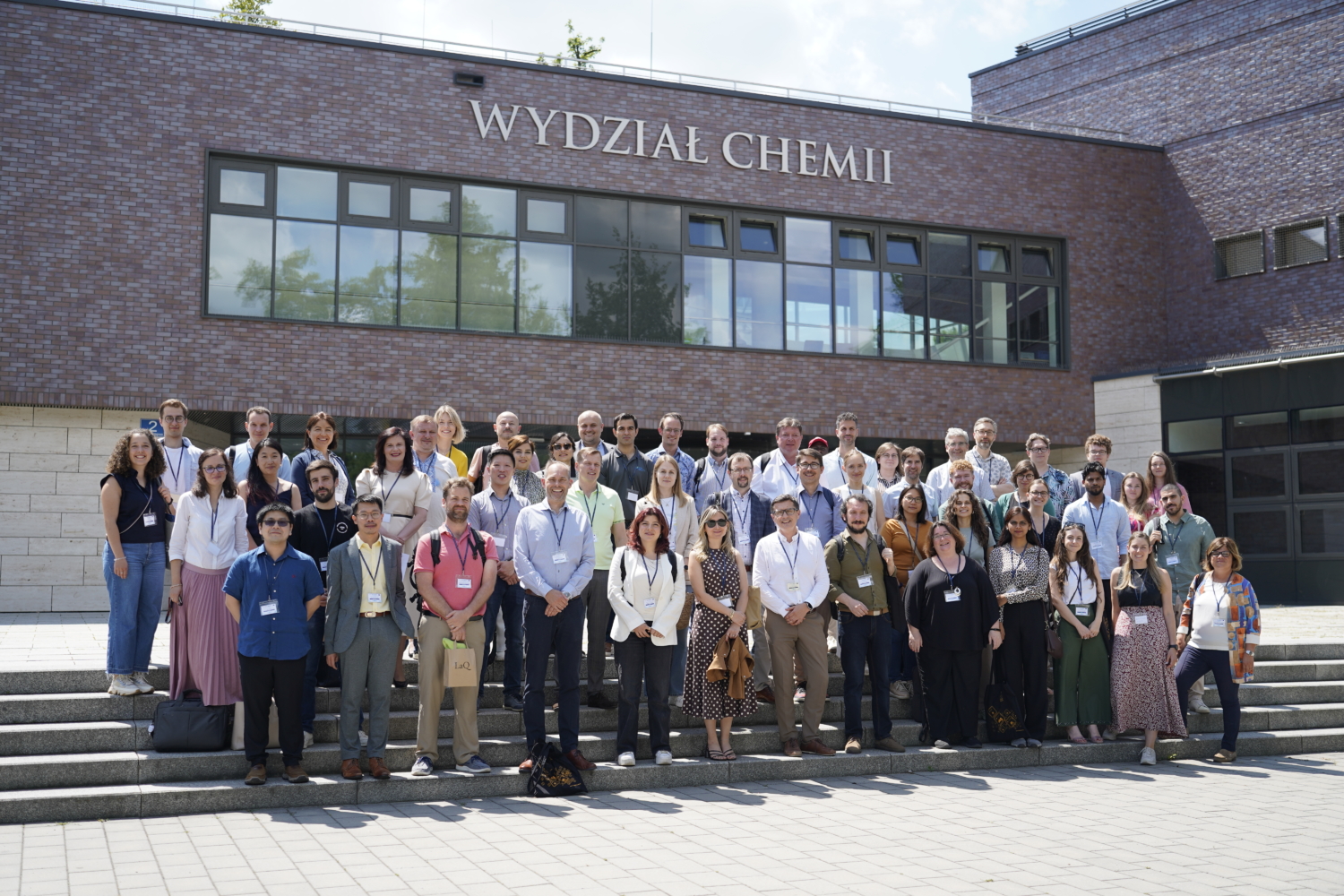 |
| EU4MOFs Meeting “Bringing Academia and Industry Together” held on 26-27th June 2025 in Krakow, Poland. |
The event began with a warm welcome from WG1 leader, Prof. Dariusz Matoga, who emphasized the importance of bridging the gap between academia and industry to foster collaboration and innovation within the MOF community.
The first session, chaired by Prof. Matoga, focused on the theme “Towards bioapplications, proper characterization, and AI-optimized protocols.” The first speaker from academia, Dr. Alessio Zuliani, presented his work on the rational design of nanosized MOFs for biomedical applications. He discussed their potential in stimuli-responsive drug release, cargo protection, high drug loading capacity, co-delivery systems, and applications in imaging and theranostics. A key point of discussion was the ongoing challenge of demonstrating the presence and functionality of the drug within the MOF structure. Dr. Zuliani also addressed the role of green chemistry in MOF synthesis, pointing to the use of alternative solvents, intensified processes, and the incorporation of natural products as ways to improve sustainability in this emerging field.
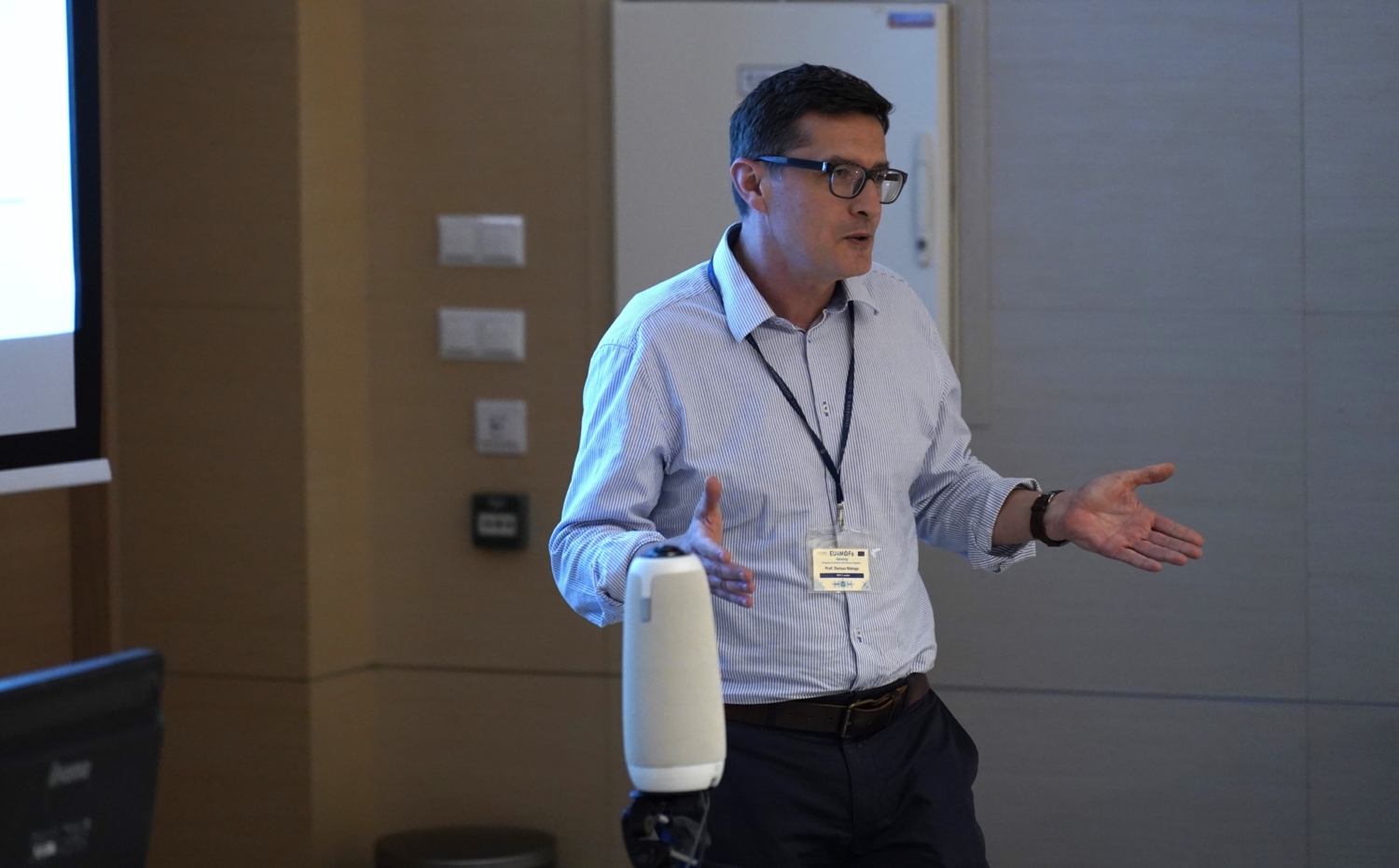 |
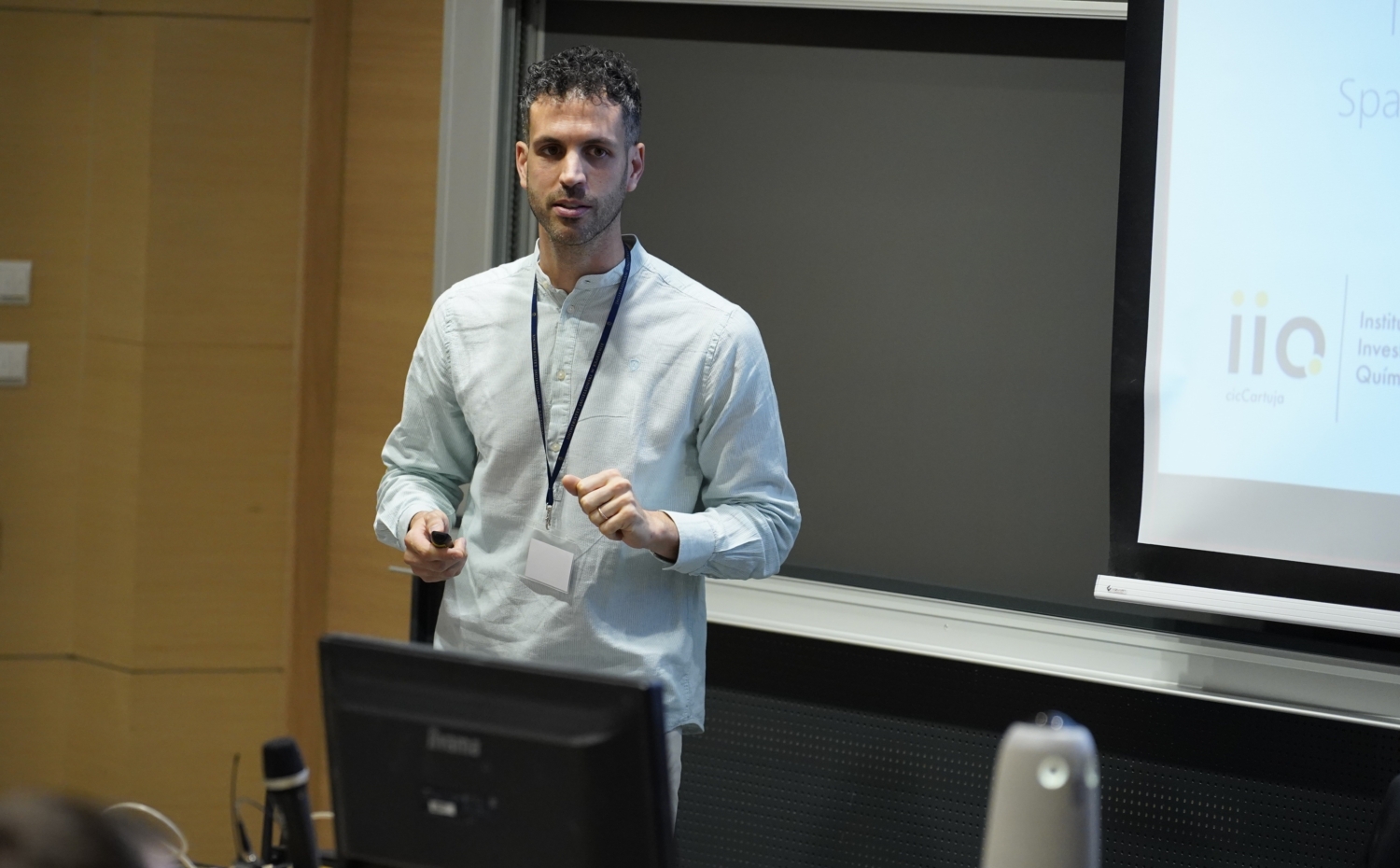 |
| Prof. Dariusz Matoga, WG1 Leader. | Dr. Alessio Zuliani, Spanish National Research Council. |
The second speaker, Prof. Jeremiah Gassensmith, addressed the complexities of using MOFs in biomedicine. With over 90,000 MOFs structures, he stressed that toxicity is hard to generalize and that biocompatibility depends not just on composition, but also on size, shape, and dose, among others. Prof. Gassensmith urged researchers to deeply understand their materials and reminded the audience that MOFs are not liposomes. Their bioactivity may go beyond surface area, and their role in modulating biological responses must be carefully considered. He concluded by emphasizing that while MOFs hold great promise for biomedical use, their successful translation to clinical applications will depend on rigorous benchmarking, clear understanding of regulatory challenges, and a deliberate, informed approach to design and testing.
Dr. Aydin Özcan discussed AI optimization for MOF synthesis and discovery, highlighting the importance of high-quality, well-defined input data. He emphasized that the research pipeline should be tailored based on data maturity, as poor, insufficient or biased data can lead to unreliable predictions. Dr. Özcan also pointed out the critical need to bridge the gap between in-silico predictions and real-world laboratory outcomes. While simulation models may perform well virtually, their success in experimental settings is not guaranteed. He concluded that finding optimal materials in the vast design space of MOFs is like searching for a needle in a haystack, making well-structured, data-driven approaches vital for meaningful progress.
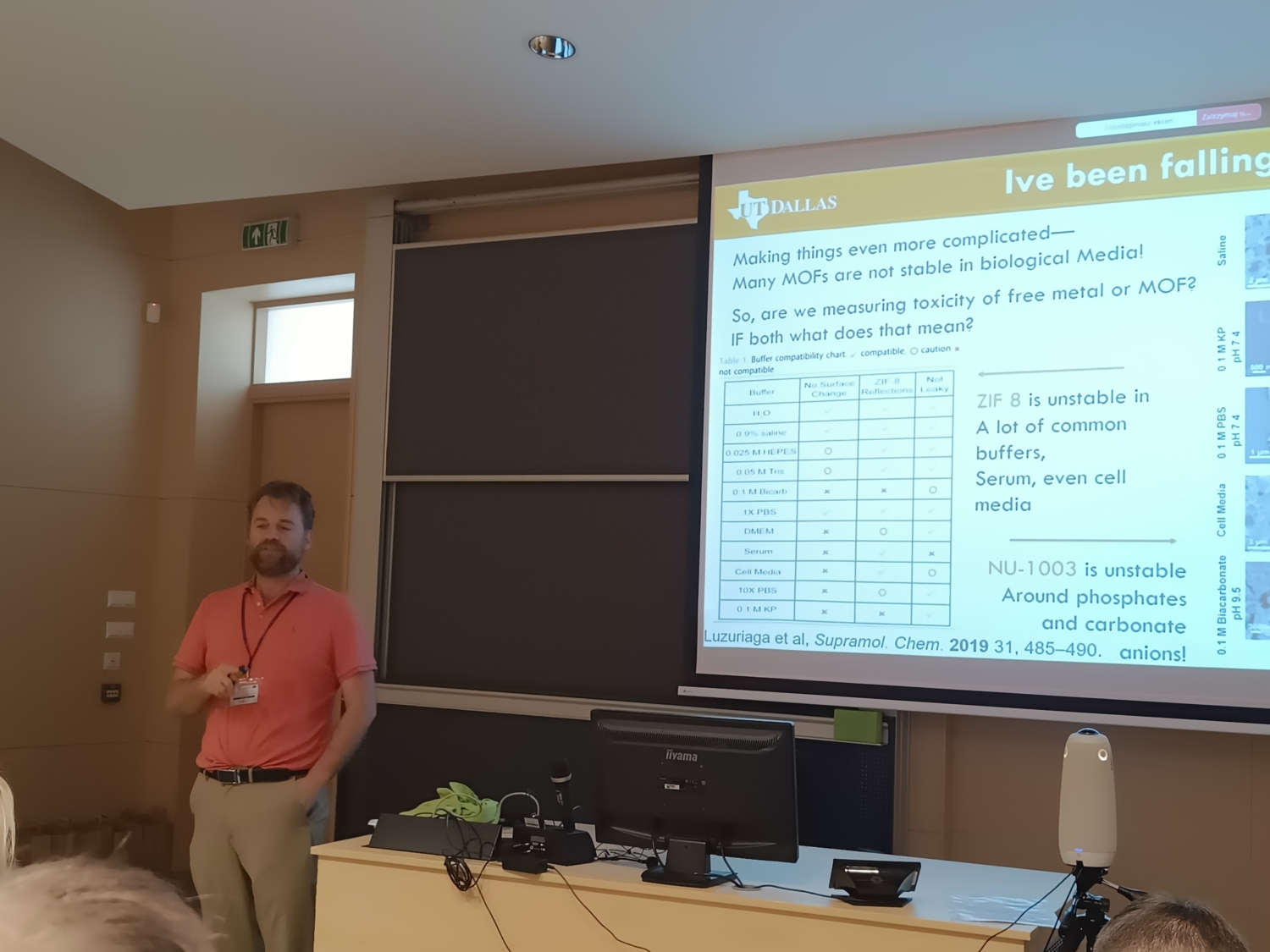 |
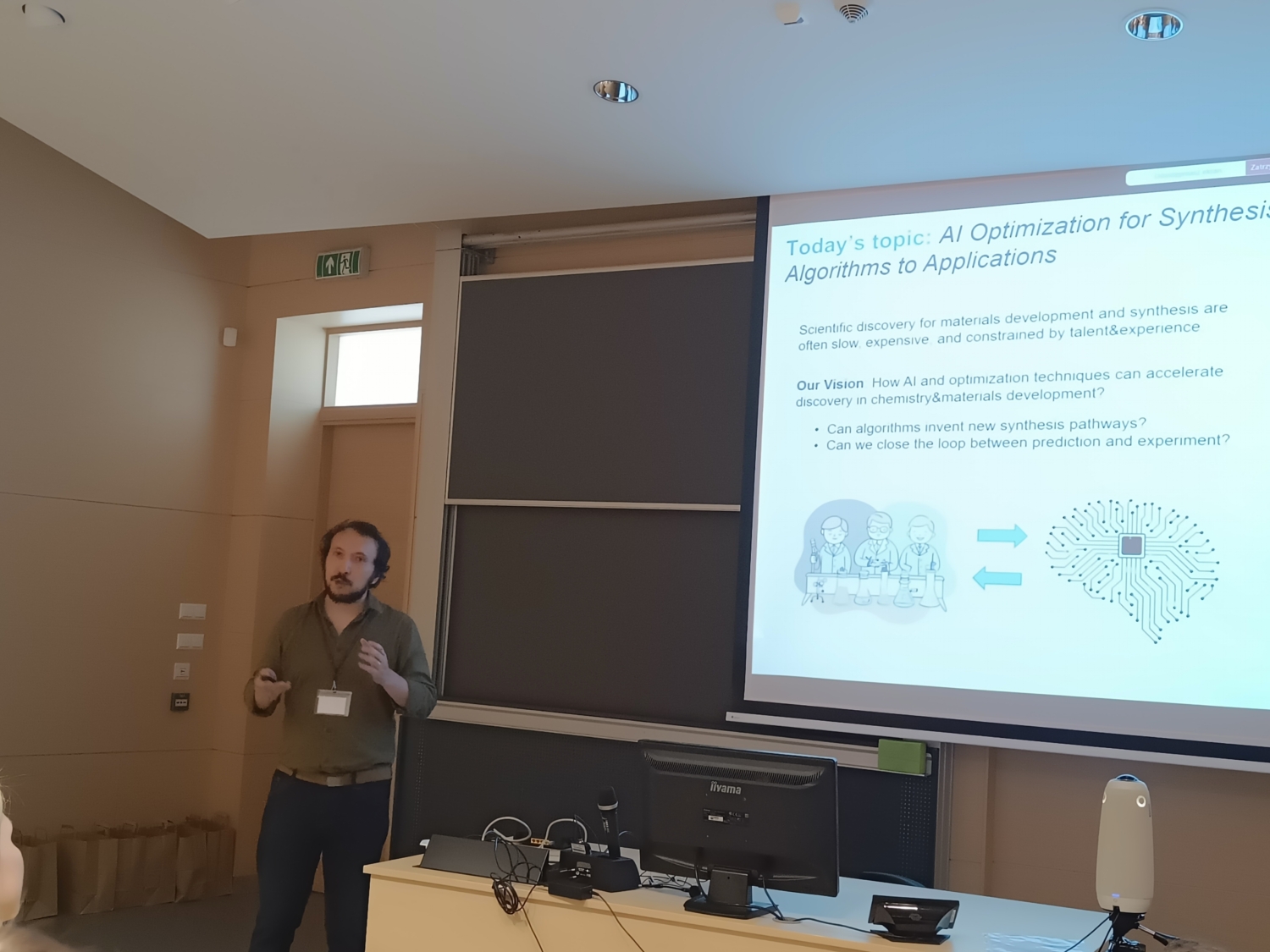 |
| Prof. Jeremiah Gassensmith, University of Texas, Dallas, USA. | Dr. Aydın Özcan, TÜBİTAK Marmara Research Center, Türkiye. |
Dr. Volodymyr Bon presented on isotope-selective gate opening in the flexible MOF DUT-8(Ni). He highlighted the advantages of using flexible MOFs for gas separation, such as high permeability, excellent selectivity, large working capacity, and intrinsic thermal management. Focusing on hydrogen isotope separation, he emphasized the significance of selectively absorbing deuterium over hydrogen. DUT-8(Ni), with its unique gate-opening behavior, demonstrates a rare combination of high selectivity and high capacity, making it a promising material for efficient and energy-saving isotope separation applications.
Prof. Rob Ameloot discussed the crucial role of diffusion kinetics in the performance of nanoporous materials. He emphasized that mass transfer resistance, especially across multiple length scales, can significantly limit process efficiency and should be a key material selection criterion. In sensing applications, he showcased how kinetic selectivity enables reliable and selective detection of volatile organic compounds in complex mixtures – not based solely on equilibrium selectivity, but on how quickly molecules diffuse through the material. He highlighted its potential for air monitoring, industrial safety, and medical diagnostics.
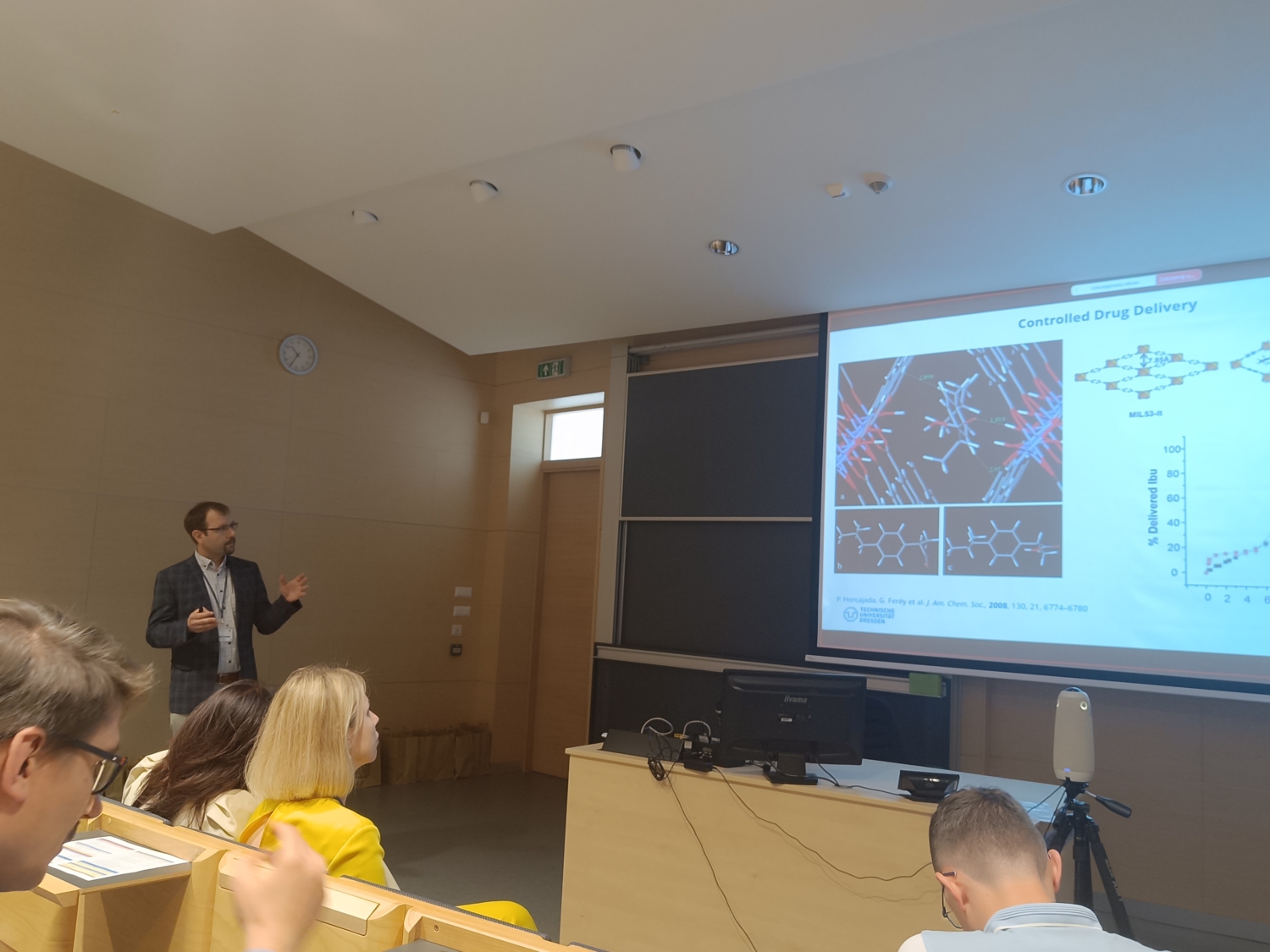 |
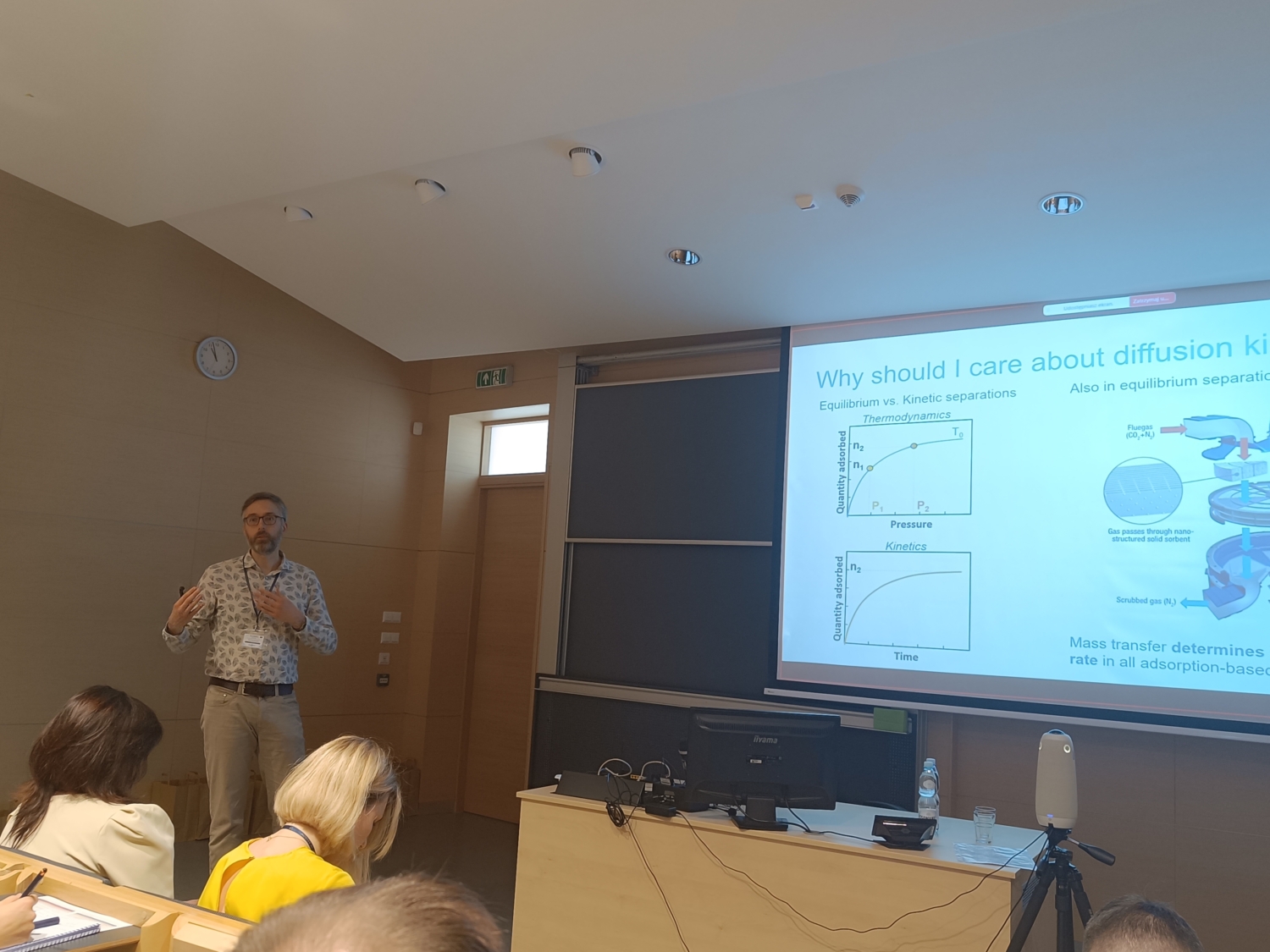 |
| Dr. Volodymyr Bon, Dresden University of Technology, Germany. | Prof. Rob Ameloot, KU Leuven, Belgium. |
Dr. Deborah Crawford (University of Birmingham, UK) presented on scalable and sustainable methods for material synthesis using extrusion technologies. A major focus was on scaling up MOF synthesis – particularly Cu₃(BTC)₂ and ZIF-8 – using twin-screw and single-screw extrusion. These solvent-free or low-solvent methods offer high throughput and maintain excellent material properties, demonstrating real potential for industrial application.
Dr. Ocean Cheung presented results from multilab synthesis and characterisation initiative of WG1 and WG3 focused on improving the reproducibility of MOF synthesis. As part of the EU4MOFs project, 28 laboratories across the globe followed standardized protocols for synthesizing benchmark MOFs (ZIF-8 and AlFum) to evaluate reproducibility under controlled conditions and identify sources of variability. He discussed the importance of synthesis and characterization standardization, highlighting the centralized analysis of samples using techniques such as PXRD, TGA, IR, gas adsorption, and SEM. Dr. Cheung also introduced the Material Preparation Information File (MPIF), a new data format designed to improve reporting and reproducibility, supported by a user-friendly web interface. his initiative represents a major step toward improving transparency, comparability, and reproducibility in MOF research.
Dr. Marzena Pander discussed the ongoing challenges in achieving reproducible synthesis of zirconium-based MOFs. She highlighted how slight variations in reaction parameters such as temperature, solvent purity, and reagent quality can drastically impact crystal properties including size, morphology, and defect formation. The talk covered the use of modulators to control nucleation and defects, while emphasizing difficulties in scaling up synthesis without losing reproducibility.
 |
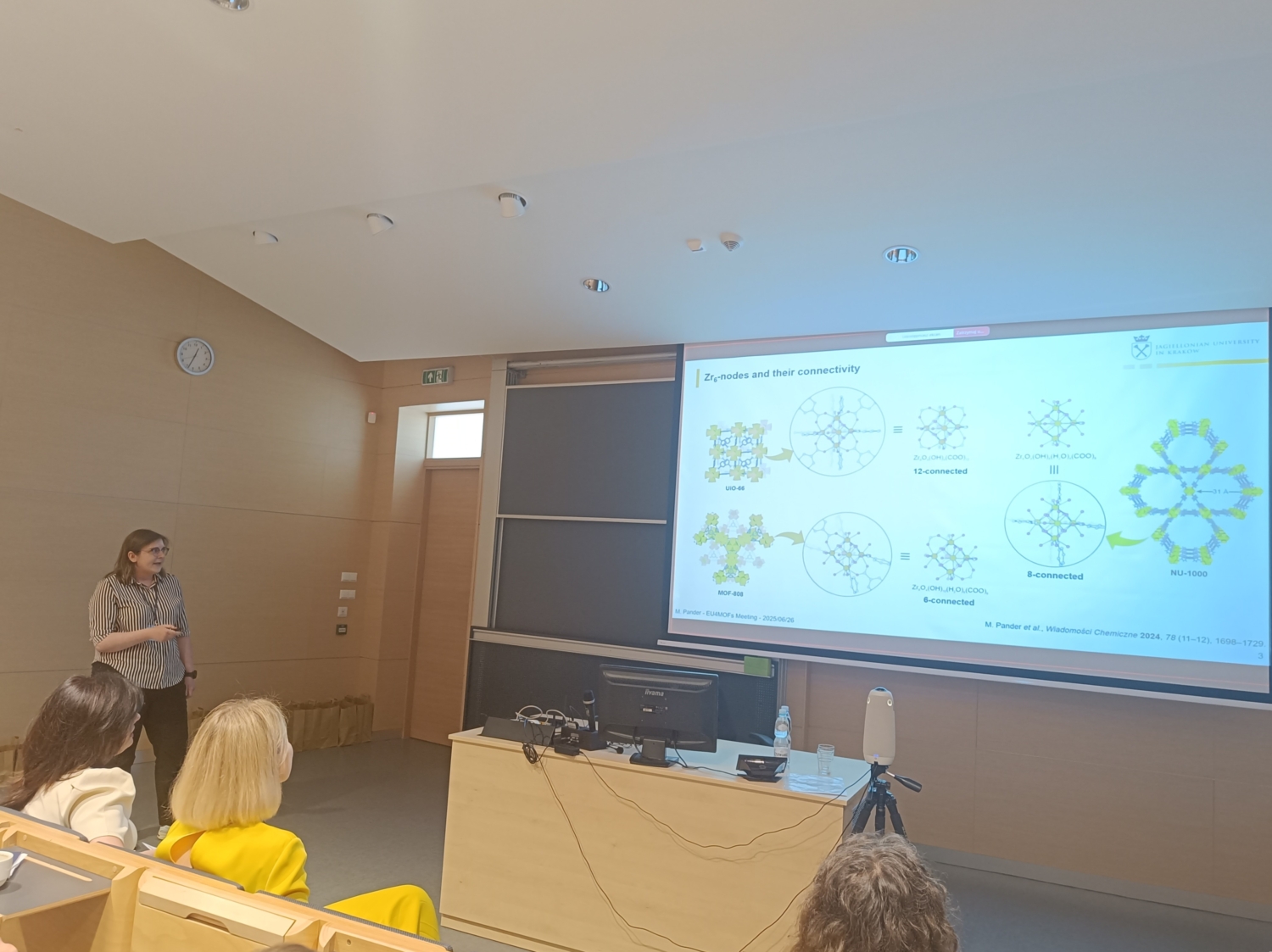 |
| Dr. Ocean Cheung, Uppsala University, Sweden. | Dr. Marzena Pander Jagiellonian University, Poland. |
Agata Błaszczyk-Pasteczka (Centre for Technology Transfer CITTRU, Jagiellonian University) discussed the critical steps and best practices for moving scientific discoveries from the lab into commercial markets. She emphasized that successful commercialization requires early planning and clear strategies for intellectual property protection, collaboration, and funding. She outlined how technology transfer offices can support researchers by bridging the gap between academia and industry, helping to identify market needs and navigate legal and business challenges.
The next session, chaired by Prof. Joanna Goscianska and Dr. Romy Ettlinger, showcased leading companies in the field of MOFs and porous materials. Each company presented their mission, key achievements, and future outlook. Presenters included Anna Chomiak (novoMOF), Selina Ambrose (Promethean Particles Ltd.), Oleksandr Grygorenko (Enamine Ltd.), Ceren Camur (Immaterial), Ellart de Wit (ON2Quest), Alex Cruz (Baker Hughes), and Norbert Babcsán (Innobay Hungary Ltd.), David Fairen-Jimenez (Vector Bioscience Cambridge), Rob van der Weegen (Ardena), Guillaume Ceglarski (Abraca Biosystems and AMER-SIL S.A.), Przemysław Biskup (Pal Technology), Alam Sayed (Surface Measurement Systems). This session highlighted the critical role of industry in translating scientific advances into real-world applications. It also emphasized the growing importance of collaboration between academic research and industrial innovation for the successful development and commercialization of MOF-based technologies.
The following day, 27th June, began with a presentation by Min Ying Tsang on the Task Force initiative, which provides support for EU grant applications. The session offered practical guidance on how researchers can navigate funding opportunities, prepare competitive proposals, and leverage EU4MOFs resources to increase their chances of securing European research funding.
Following this, a session chaired by Prof. Stefan Wuttke began, during which selected young scientists delivered oral and poster presentations.
 |
 |
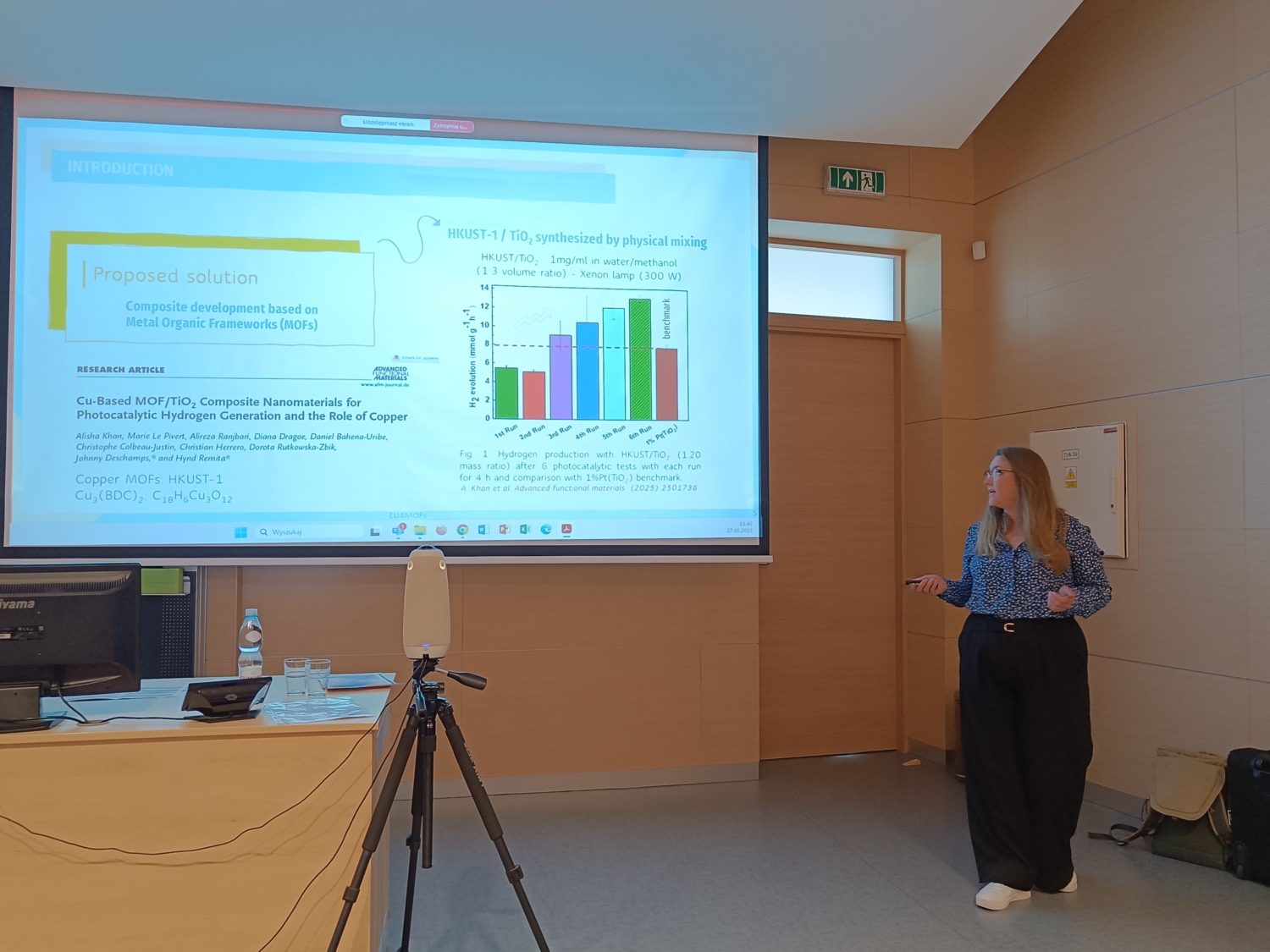 |
 |
| Young researchers’ presentations. | |
All pitches were outstanding, showcasing innovative ideas and groundbreaking work in the field of porous materials.
Congratulations to pitch winners:
- Darragh McHugh (Committee’s Choice) for OnG7: A Metal–Organic Framework for Potential Chemotherapeutic Delivery in Breast Cancer Treatment
- Leili Esrafili (Audience’s Choice) for Designing Linkers, Crafting Pores: Shortcut Strategies for Synthesis of Mesoporous Zr-MOFs and Advanced Characterization
Special congratulations to Md Faiz Alam, winner of the Best Poster Award, for his poster presentation “Copper-Based MOFs Nanobelt Composites for Photocatalytic Green Hydrogen Generation”.
 |
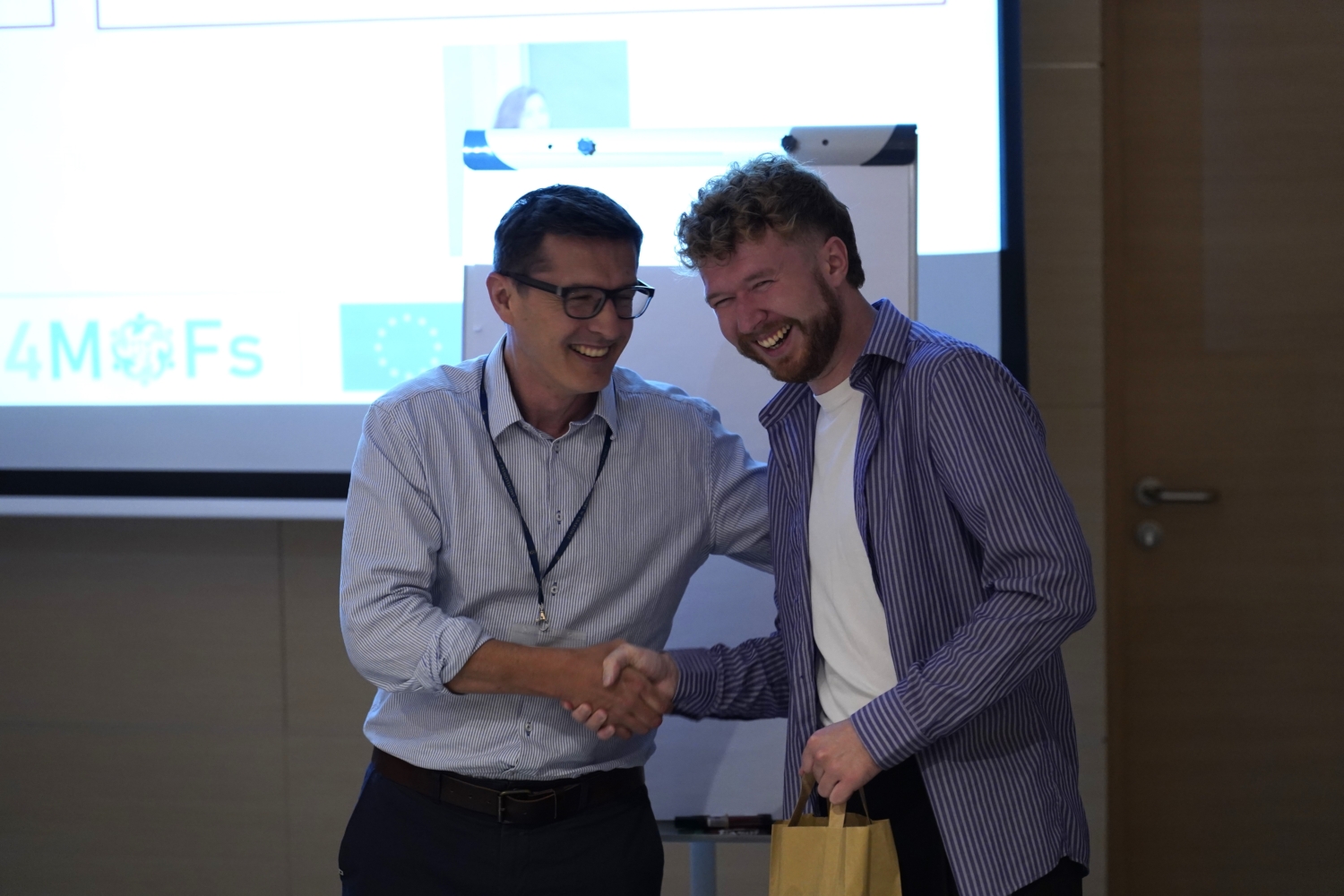 |
| Award Ceremony: Winners Leili Esrafili (left) and Darragh McHugh (right) of the Best Oral Presentation. | |
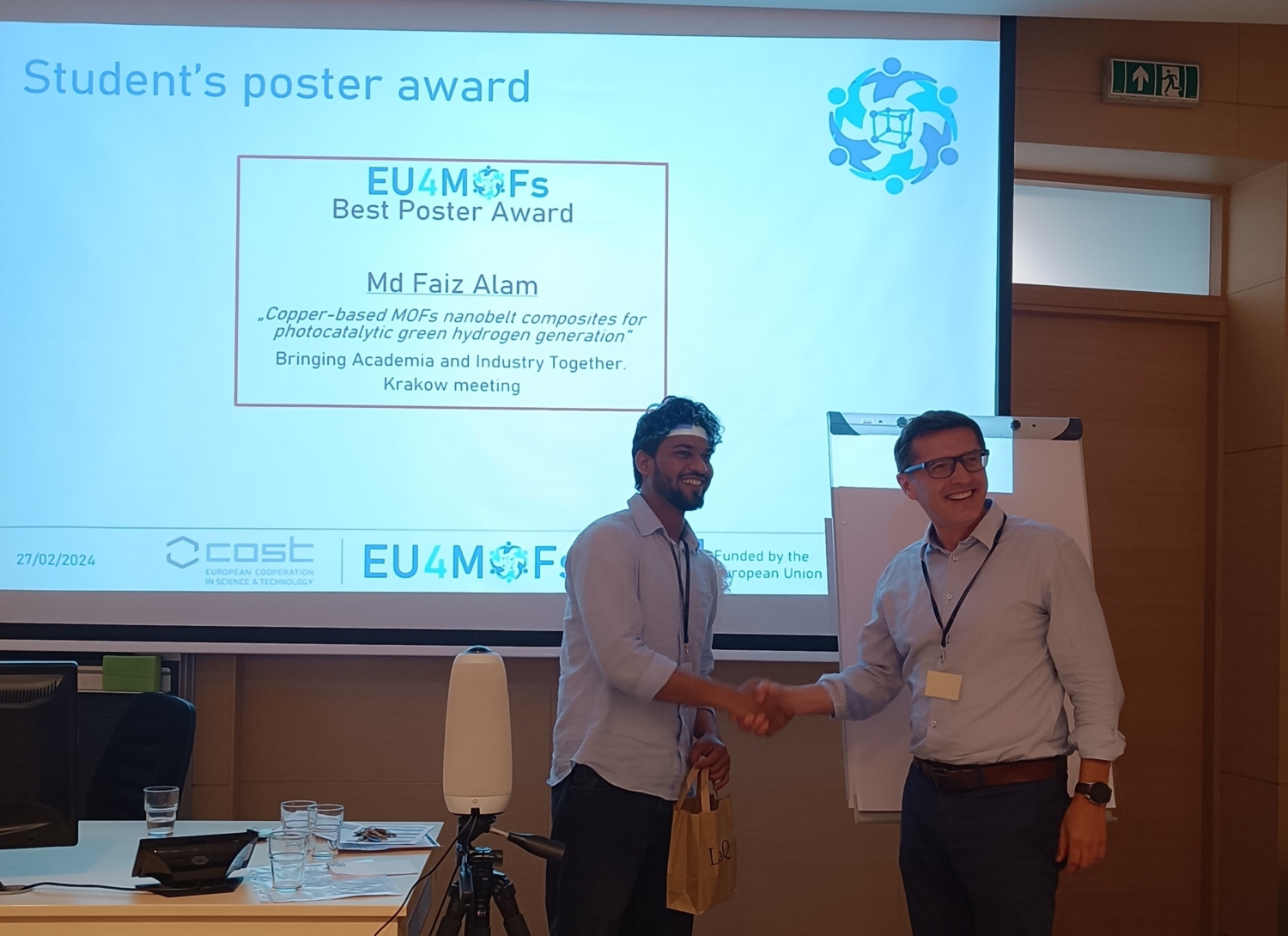 |
| Award Ceremony: Winner Md Faiz Alam of the Best Poster Presentation. |
The day also featured an engaging “Speed-Dating” session chaired by Dr. Alex Cruz and Dr. Romy Ettlinger, where young researchers and industry representatives connected through quick, meaningful conversations – a fantastic opportunity to spark collaborations and explore future partnerships.
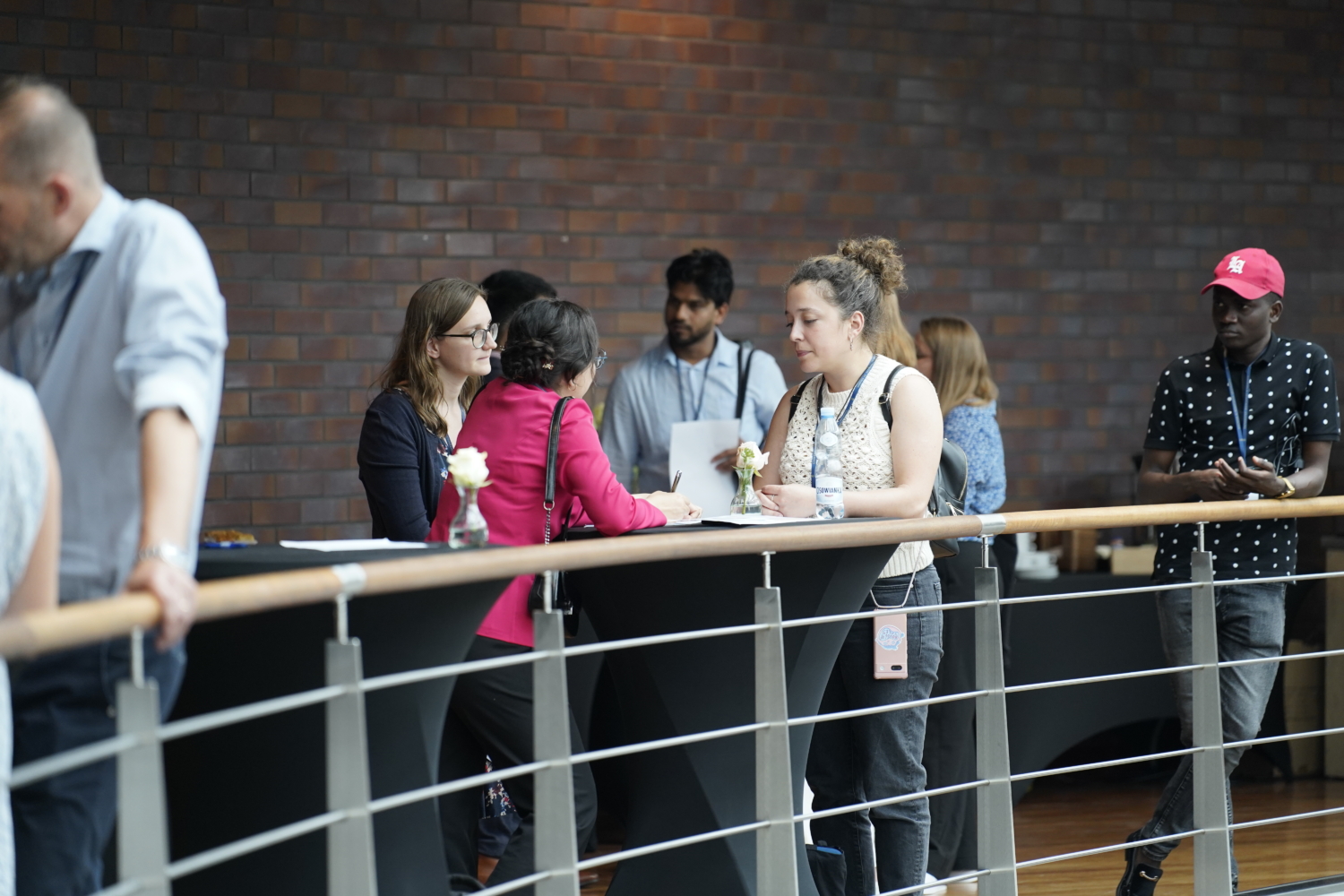 |
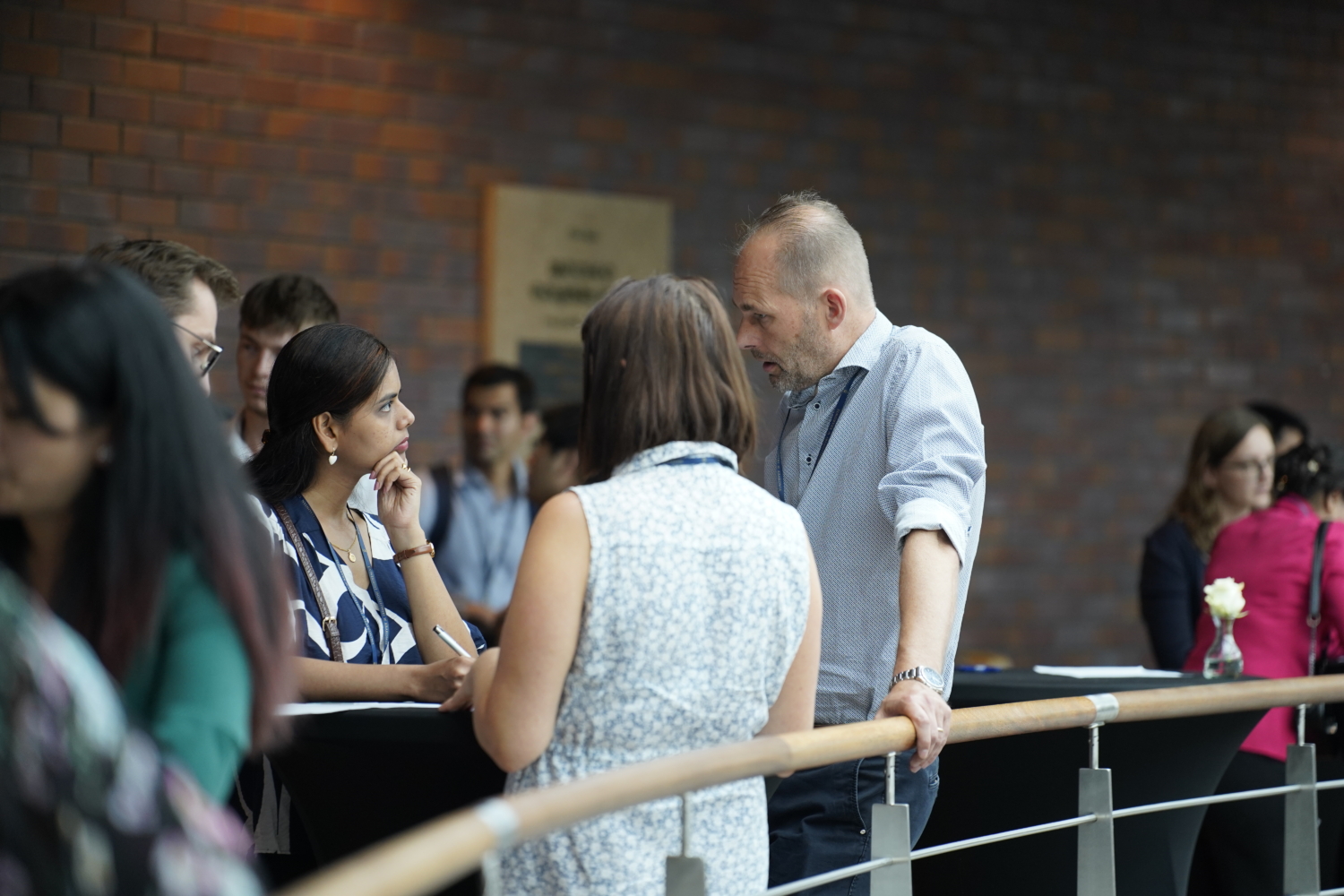 |
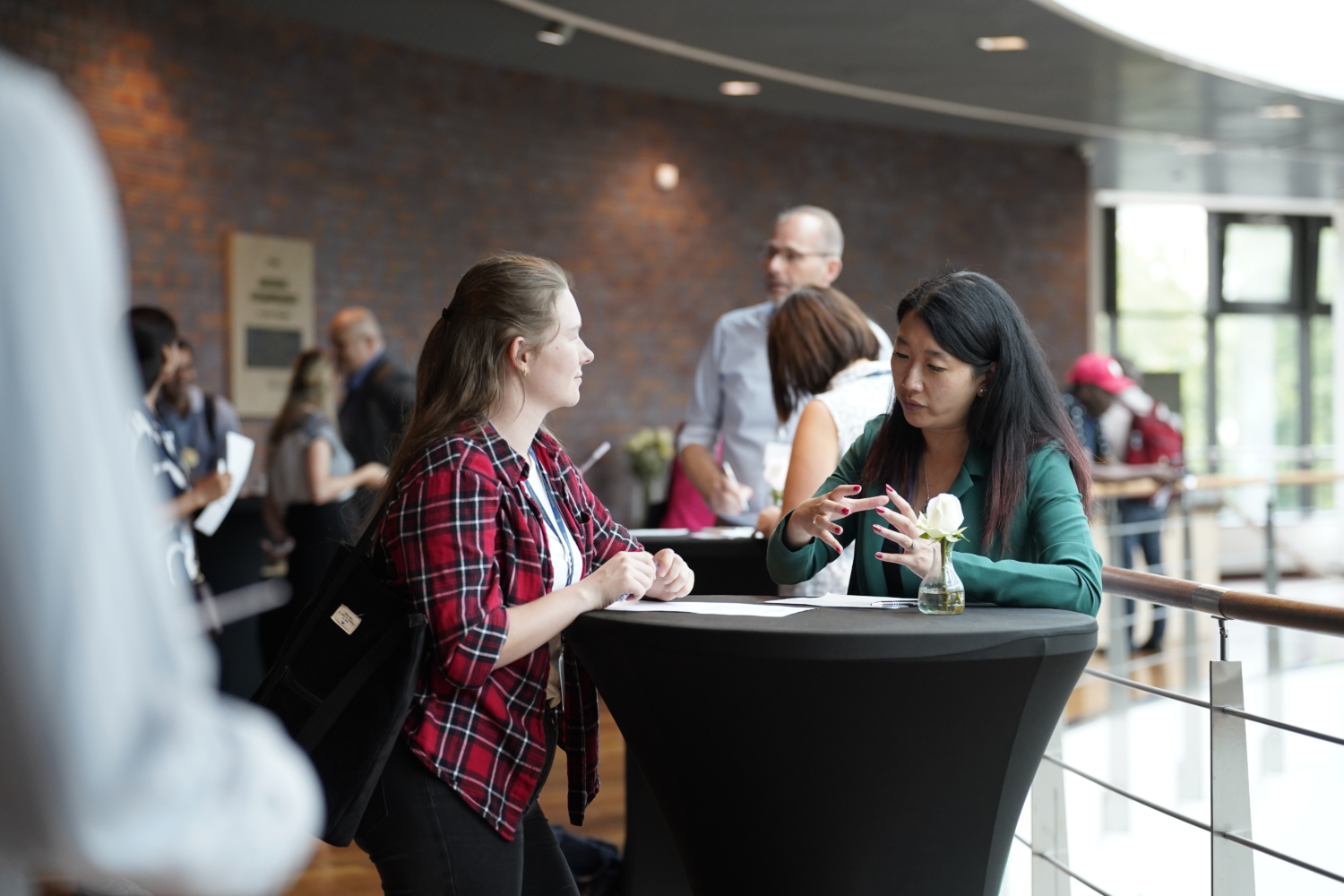 |
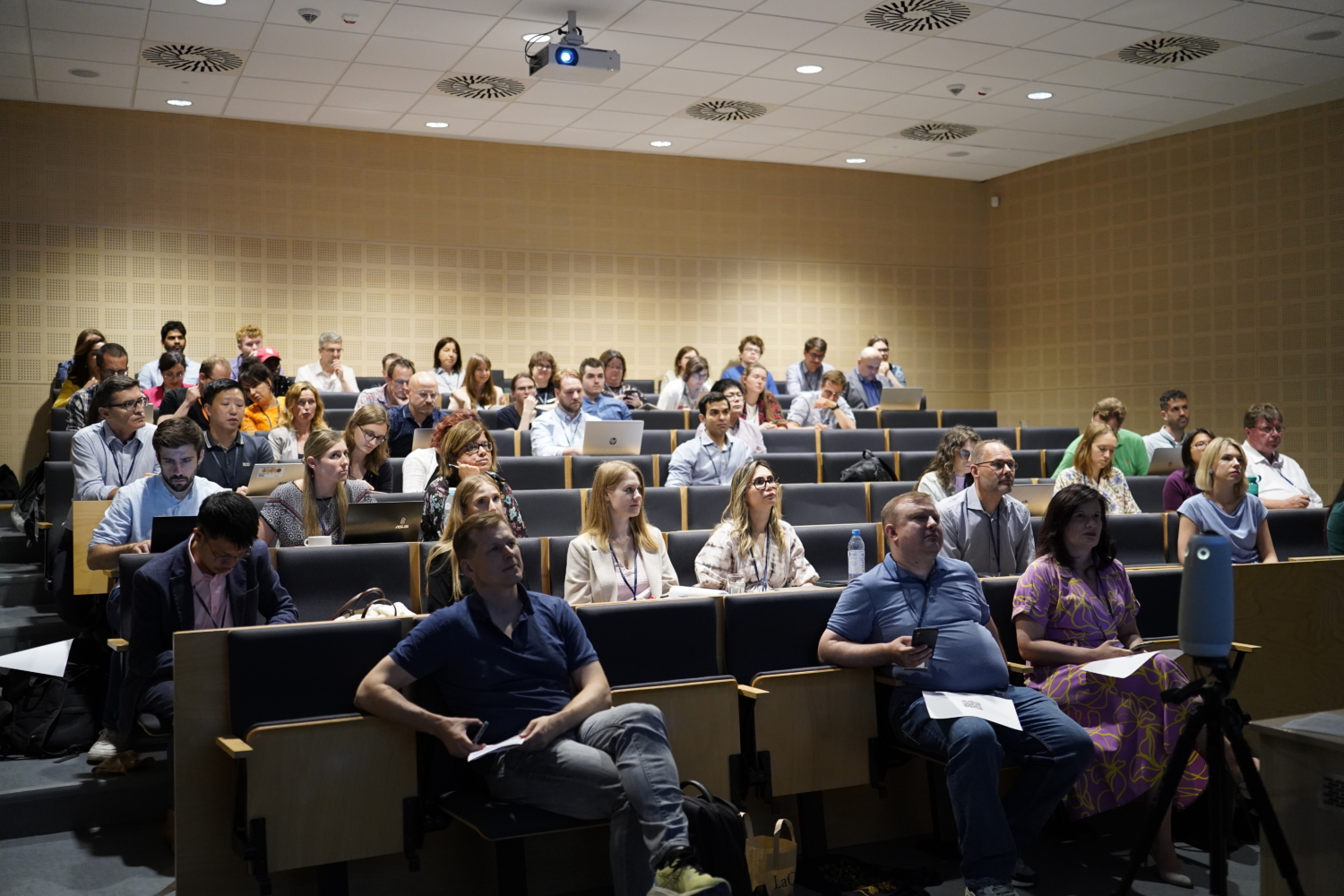 |
| “Speed-Dating” session. | |
The following round-table discussions brought together diverse voices from both academia and industry, fostering open dialogue on the challenges, innovations, and future directions in the world of MOFs and porous materials.
To conclude, the event successfully brought together leading experts, young researchers, and industry representatives to advance the field of MOFs and porous materials. Through insightful presentations, company showcases, and dynamic discussions, participants explored the latest scientific breakthroughs, commercialization strategies, and collaborative opportunities. Special emphasis was placed on supporting emerging scientists by providing platforms for presenting their innovative research and connecting them with industry partners. Overall, the event reinforced the collective commitment to overcoming challenges in MOF research and translating discoveries into impactful real-world applications.



